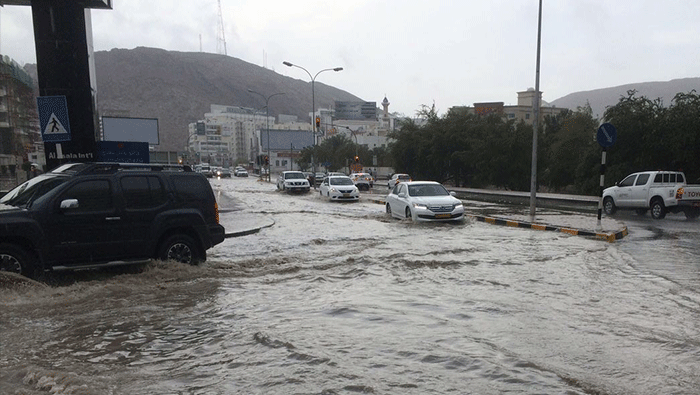
If you don't need to drive - don't. If you do - stay safe with this guide.
Here are a few golden tips to stay safe on the roads during a downpour:
Slow Down and Stay Safe
Higher speed equals more risk.
Drive at a slower pace, and brake earlier and more gradually than you would normally. Remember the signed maximum speed limit on the road is for ideal driving conditions; you need to drive slower in wet weather. If it’s raining so hard you can’t see the road or cars in front of you, pull over and wait for it to stop or lighten. Ue your air conditioner or demister (blower) to keep your windscreen clear of condensation, which drastically diminishes vision.
Make Yourself More Visible
Turning on the headlights will make your vehicle more noticeable to other drivers. A good rule to follow is if your wipers are on, your running lights should be as well.
Maintain a Safe Distance
While tailgating is not a good idea in any weather, it’s especially dangerous when roads are wet. Never tailgate during a rainstorm: it can take up to three times the distance usually required to stop your car when road surfaces are wet. Use caution when approaching trucks and buses, as the spray created by their tyres can reduce visibility — both yours and theirs — and pass as quickly as possible when conditions safely allow. Double the distance that you generally maintain between you and the vehicle in front.
You should always be three car lengths behind the car in front.
Prepare your Car for Wet Weather
Check your windshield wipers to see if they need replacing and check your tyres to ensure they are in good condition. Keep your gas tank at least half full to avoid gas line freeze-up. Carry a supply of salt, sand or even kitty litter, as these materials can come in handy if you get stuck. If you do get stuck, place some of the materials around the drive wheels to help gain traction and slowly accelerate.
Avoid Cruise Control
These features work well in dry conditions, but using in wet conditions increases the chance of the vehicle losing control. To prevent loss of traction, the driver may need to reduce the car’s speed by lifting off the accelerator, which cannot be accomplished when cruise control is engaged.
Avoid Submerged Surfaces
Floods can occur almost anywhere, especially in the wadis. Do not travel in flooded areas unless it is essential. If you must drive in or near a flooded area, try to view updates on road conditions and head out only if there is a safe route.
More importantly, never attempt to drive across a flooded road or bridge. Floodwaters can be fast moving and contain debris. Also, there might be a pothole underneath, which could leave you stuck. Take extra care when driving on a road or bridge that has been recently flooded, as it may be damaged.
What to do if the Car Skids
Avoid slamming on brakes; it will lock the wheels and eliminate any control you have over your vehicle. Instead, steer in the direction of the skid while pumping brakes to gradually reduce speed. If the car has antilock brakes (ABS) apply steady, even pressure to the brake pedal.
What to do if the Car Starts to Hydroplane
Hydroplaning is where all four wheels of the car lose contact with the road. In such a situation strictly avoid abrupt braking or turning the wheel. Release the gas pedal slowly and steer straight until the car regains traction. If you must at all brake, do so lightly and gradually.
It is recommended to check weather forecasts and road condition updates, and plan your drive accordingly before heading out on long trips. This will help avoid unsafe driving situations. However, it is best to avoid going out on the road during inclement weather. Rains are best enjoyed with a cup of hot coffee by the window balcony. Be safe.